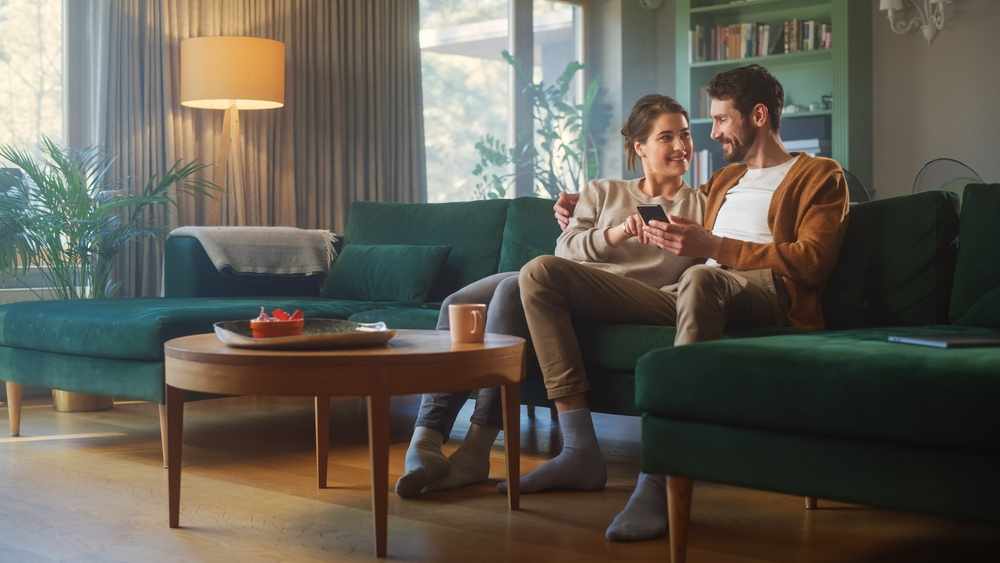
When you get negative remarks from a customer, your first move should be to take it easy. Not taking bad comments personally is a universal rule of dealing with unpleasant restaurant reviews. Be kind when giving a response. Remember, your reaction will define how customers are going to perceive your establishment. That’s why always respond with empathy. This way, you can turn criticism into an opportunity for better relationships with your valued clients.
Expecting positive comments every time a guest leaves your dining establishment? Then, you should know that you’re not going to get desired remarks all the time. Sometimes, people leave negative reviews that might take you aback. This is the moment when your next move can either lead to success or prove to be detrimental to your business. The thing is, responding to harsh critiques is an art. You, as an owner or manager, need to master this art. Otherwise, you’ll be dealing with a number of dissatisfied customers in the future.
This blog will explain the best practices that you can use to handle negative restaurant reviews.
Top 5 Practices to Handle Negative Restaurant Reviews
When you get negative feedback from a guest, take your time to think about the problem. Analyze everything, seeing both sides of the coin. At the end, don’t shy away from apologizing if it’s your fault. Don’t stop there, as the next step will be to nip the issue in the bud. Consulting an expert is the best option when there’s an ongoing criticism.
Given below are the top five practices to handle negative restaurant reviews:
1. Don’t Lash Out
What can be worse than a really harsh customer review? It’s you lashing out. This happens when owners or managers start to take such comments as an attack on their own personalities. That’s literally when things can really take a bad turn for your eatery and business’s success. There are dozens of reasons why lashing out is always a bad idea. Some of them are:
· Bad reputation
· Upsetting your client
· Alienating potential customers
· Missing the opportunity for improvement
· Lasting negative consequences
That said, you should always take a bad remark as a chance to transform your customer experience and make it unique. This can only be done when you’re calm and ready to resolve your guest’s issue with kindness.
2. Respond with Empathy
There can be two results of your response. People will think your establishment is really concerned about its customer experience and willing to improve it. Or, they will get the impression that you don’t care about your valuable clients. You can achieve the first outcome only if you carefully respond to a bad comment, not letting your emotions get in the way. The second consequence is easier to face if you don’t show empathy.
In other words, showing compassion is the best strategy. By doing this, you’re acknowledging your customers’ frustration and showcasing your sincerity by acting properly. This is how trust is rebuilt even after a negative experience. And you know what? Your empathetic behavior in such matters is also going to have a positive influence on your future guests.
3. Apologize if it’s Your Fault
When a customer is so frustrated that they end up giving you a really bad review, there are two possibilities. First, there might be a misunderstanding on their side. Second, one of your staff members or something about your service has made them feel and do so. Investigating the situation thoroughly will reveal the reason. And if it’s the second scenario, it would be better to apologize.
This is the most powerful tool that you can use at that time to diffuse the tension. This action will tell the respective individual that you’re taking their complaint seriously. You may say that it’ll be the beginning of regaining their trust in your brand. What about the first scenario? Apologizing can be a strategic move in this case, too.
4. Address the Core Issue
You didn’t react defensively, responded kindly, and apologized even if it wasn’t your mistake. But it isn’t where you should end things. Moving on to the next phase will be an informed decision if you’re determined to bring improvements. We’re talking about addressing the core issue by following the given guidelines:
· Read the comment carefully
· Validate the complaint
· Identify what caused the problem
· Take necessary actions
· Monitor the situation
That’s how successful establishments turn a bad review into an improvement opportunity.
5. Consult an Expert for Ongoing Criticism
Sometimes, it’s not just a single negative review. It’s a series of complaints we’re talking about. This is an ongoing criticism that can prove to be detrimental to an eatery. What to do? Bring in a hospitality consultant. They’ll handle the whole situation effectively for the following reasons:
· Offering an unbiased analysis
· Identifying the root cause
· Developing targeted solutions
· Bettering operational efficiency
· Enhancing the guest experience
This way, a consultant will help your restaurant rebuild credibility and trust among the target audience. You can reach out to professionals at Finisya if your establishment is currently facing the issue of ongoing criticism.
Turn Negative Reviews into Brand Loyalty
Restaurants getting undesired comments isn’t an uncommon thing. The only thing that matters is how you diffuse the tension between frustrated customers and your restaurant. Acknowledging the complaint, responding positively, and apologizing are the universal rules in this regard. You can also get help from a credible F&B consultant to turn negative reviews into brand loyalty.



Write a comment ...